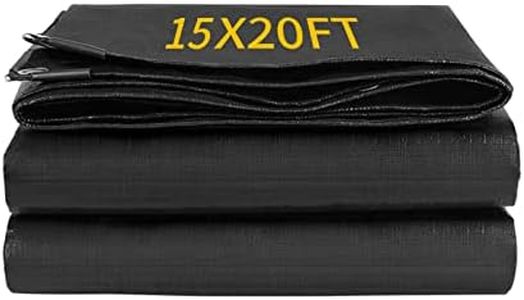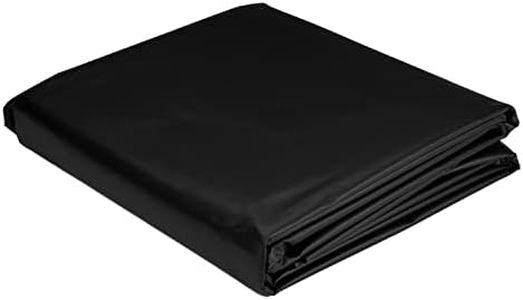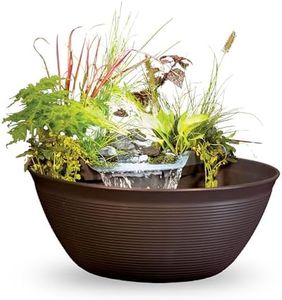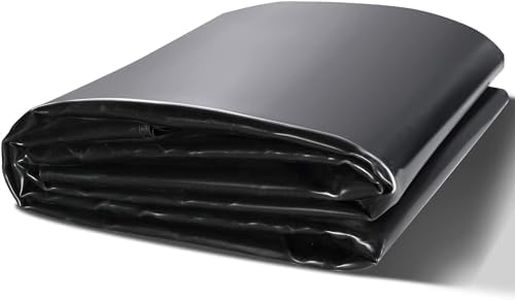We Use CookiesWe use cookies to enhance the security, performance,
functionality and for analytical and promotional activities. By continuing to browse this site you
are agreeing to our privacy policy
10 Best Pond Liners
From leading brands and best sellers available on the web.Buying Guide for the Best Pond Liners
Picking the right pond liner is key to building a reliable, long-lasting pond. Your liner keeps the water where you want it and protects your pond from leaks, so it's essential to choose one that matches your project in size, shape, and durability. Knowing what to look for helps ensure your pond stays healthy and beautiful for years.MaterialThe type of material used in a pond liner is crucial because it determines durability, flexibility, ease of installation, and how resistant the liner is to environmental factors like sunlight or plant roots. Common materials include PVC (Polyvinyl Chloride), EPDM (Ethylene Propylene Diene Monomer rubber), and HDPE (High-Density Polyethylene). PVC liners are usually less expensive and flexible but can be less UV-resistant and have a shorter lifespan. EPDM liners are more flexible and highly durable, resisting UV rays, weather, and temperature changes, making them a popular choice for many. HDPE is tough and often used in large or commercial ponds but can be stiffer and harder to install in unusual shapes. When choosing, think about your pond's complexity, exposure to sun, and whether you'll do the installation yourself.
ThicknessThickness of a pond liner impacts its strength and resistance to punctures or tears. Liners generally range from thin (around 0.3mm or 12mil) to thick (up to 1mm or 40mil and beyond). Thinner liners are easier to handle and work well for small ponds without many rocks or roots, but they can be vulnerable to damage. Medium thickness (about 0.5mm or 20mil) strikes a balance for most residential ponds, being both manageable and durable. Thick liners are better for large ponds, ponds with rough ground, or places where maximum durability is needed. Choose a thicker liner if your pond will see lots of traffic, have fish, or be built in a rocky area.
Size and ShapeThe liner must fit your pond with enough extra material for depth and edges. Liners are sold in rolls or preformed shapes. Preformed liners are rigid and have fixed shapes — best for small, simple ponds. Flexible liners can be cut to size and shaped to fit almost any design. To determine the right size for a flexible liner, measure your pond's maximum length, width, and depth, then use a formula (typically: length + 2x depth + extra for edging) to ensure you have enough to cover the sides and overlap the edges. Choose according to your pond design — flexible for custom shapes, preformed for basic, small features.
UV and Weather ResistancePond liners are exposed to sunlight, temperature changes, and sometimes freezing. UV and weather resistance describe how well a liner handles long-term exposure to these elements without cracking or degrading. Some materials like EPDM and HDPE naturally resist sun and cold, whereas basic PVC may require covering with rocks or mulch to last longer. If your pond will be in direct sunlight or in a climate with harsh seasons, prioritize liners known for high UV and weather resistance.
Fish and Plant SafeIf you plan to have fish or aquatic plants, the liner must be non-toxic and safe for life. Some liners are specially labeled as 'fish safe', meaning they don’t release harmful chemicals into the water. Avoid liners treated with algaecides or plasticizers if you’re keeping wildlife. Always check that the liner is designated as safe for ponds containing living organisms if that applies to your project.
Ease of InstallationHow easy a liner is to handle and fit depends on its weight, stiffness, and flexibility. Lighter and more flexible liners are simpler for a single person or a beginner to install, especially in small or irregular-shaped ponds. Stiffer, heavy-duty liners can require more people or professional help, but they offer extra durability. Think about your experience and whether you’ll have help with installation when deciding.
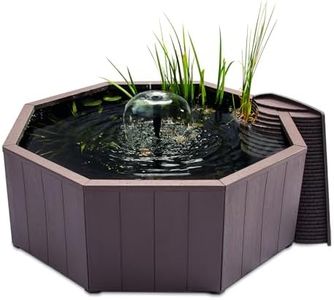


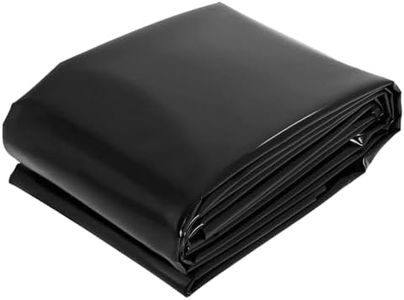

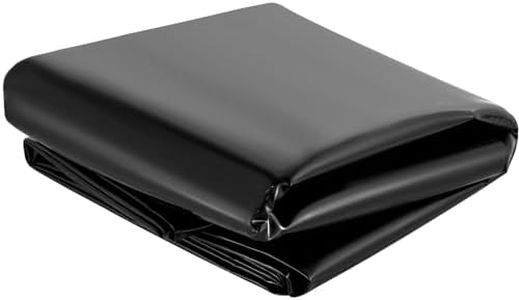
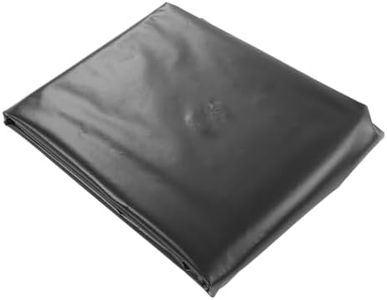
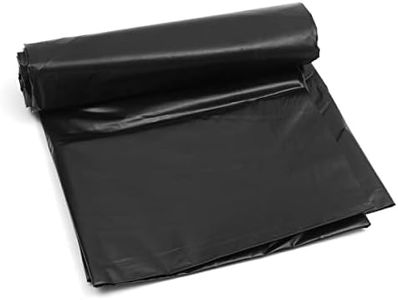
![HOZELOCK - Pond Liner Size L (4,5m x 4m) : Ideal for Small Ponds and Koi Pools, Robust and Durable Liner [3463T0155]](https://images-proxy.bestreviews.guide/D5bcWVHLCrkXgrYLJOLTWUWYhEQ=/0x300/https://m.media-amazon.com/images/I/41yn764Z9rL._AC_CX679_.jpg)
